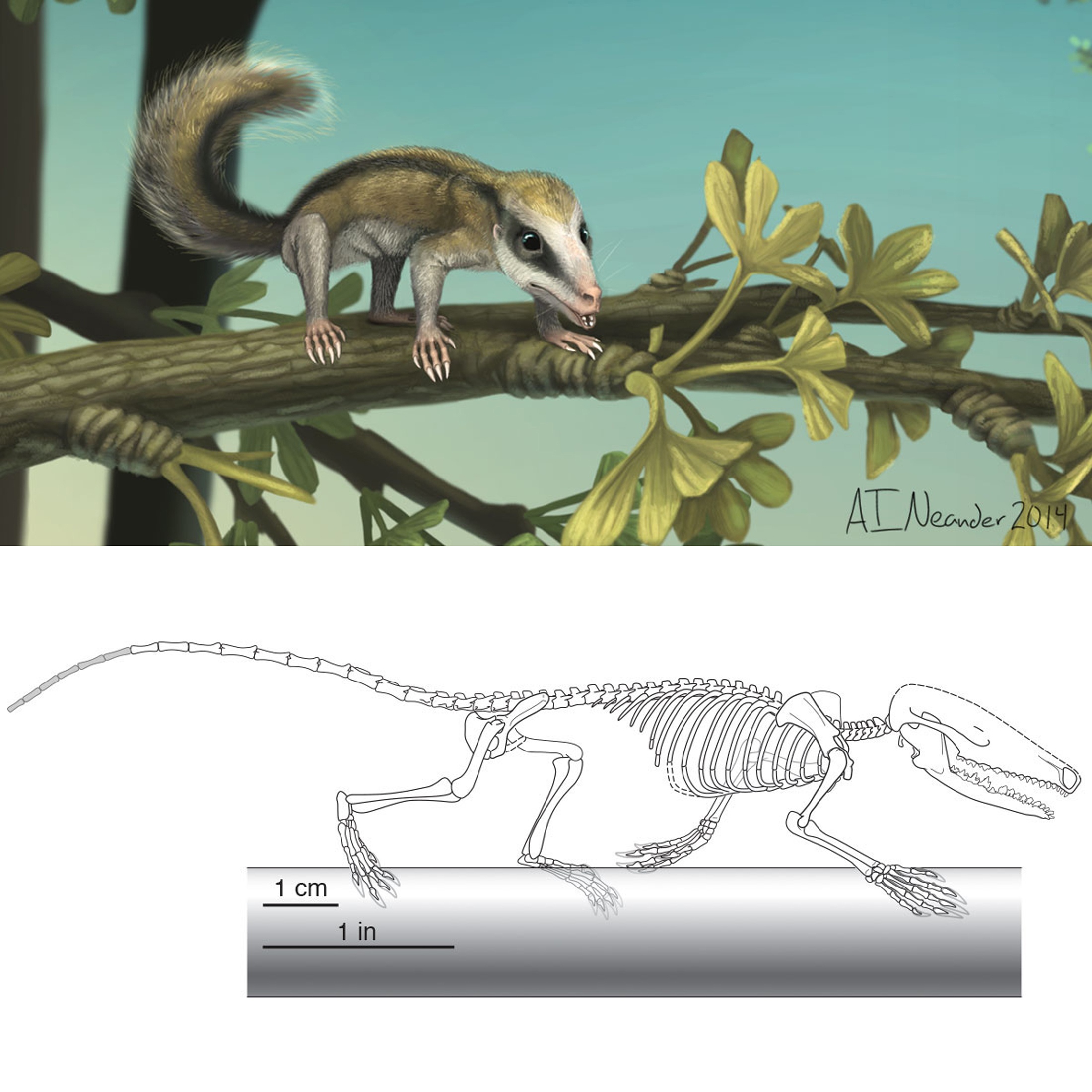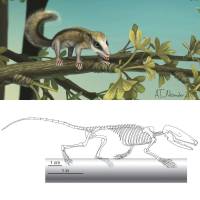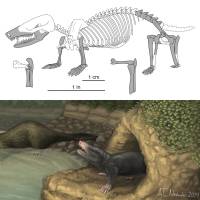Scientists on Thursday described Chinese fossils of two shrew-size creatures that were the oldest-known tree-climbing and burrowing mammals, showing that early mammals in the Jurassic Period had already claimed a variety of ecological niches.
Agilodocodon scansorius, an omnivore that lived about 165 million years ago, possessed paws with curved claws for climbing, limb dimensions characteristic of other tree-dwelling mammals and flexible elbow, wrist and ankle joints good for scrambling up trees with agility. Its spade-like front teeth, similar to some New World monkeys today, allowed it to chew into bark and eat tree gum or sap.
Docofossor, a mole-like insect-eater that lived about 160 million years ago, boasted shovel-like paws for digging, teeth similar to later burrowing mammals that forage underground and sprawling limbs ideal for underground movement. University of Chicago paleontologist Zhe-Xi Luo called Docofossor a "dead ringer" for today's African golden mole.
The earliest mammals are thought to have appeared roughly 200 million years ago, arriving on the scene during the Mesozoic Era with dinosaurs ruling the land and flying pterosaurs keeping an eye out for a quick snack. The earliest known bird did not appear until about 150 million years ago.
Agilodocodon and Docofossor both belonged to a long-extinct early mammalian order called docodonts. Castorocauda, another docodont living at about the same time in the Jurassic Period whose fossil was unearthed in China in 2006, had beaver-like traits tailored for an aquatic lifestyle.





